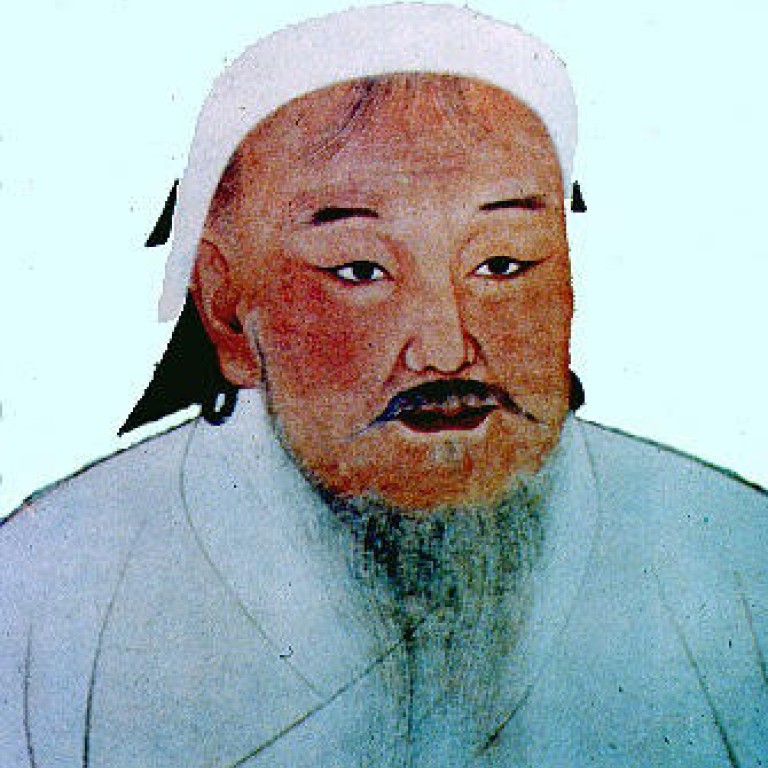
Sudden change in climate ‘helped Genghis Khan rise to power’
Sudden change in climate, shown by tree rings, would have provided lush grasslands to feed horses Mongol leader used to conquer Asia
In the rings of ancient and gnarled trees, a team of scientists has found evidence of a period of consistent warmth and wetness in Mongolia between 1211 and 1225 - the exact time that Genghis Khan rose to power.
Coincidence? They think not.
This unusual stretch of mild temperatures and heavy rain in an area traditionally known for its cold and arid climate would have increased the productivity of grasslands in the Mongolian steppe, the researchers say. The abundant grass would in turn increase the number of grazing animals that could live off it.

"I think of it as nature set the table, and Genghis Khan came to eat," said Amy Hessl, a tree-ring scientist at West Virginia University, in a video describing the research published on Monday in the . "He didn't have to come eat, and he didn't have to eat the way he did, but the table was set and it was a matter of whether or not the culture and the people capitalised on that."
Her colleague Neil Pederson of Columbia University's Lamont Doherty Earth Observatory put it this way: "Grass was the power of the day."
The story of the unusual wet period in Mongolian history was written in ancient Siberian pine trees that Pederson and Hessl first sampled on a whim during a research trip in 2010. The trees were growing on a nearly soil-less lava field in central Mongolia, dotted with horse skeletons. The researchers said that because the trees are severely water stressed, they are especially sensitive to changes in the weather.
On that first trip, the two scientists took core samples from about a dozen trees. When they got them back to the lab, they discovered that some of those samples dated back more than 1,000 years. They also found evidence of a climate narrative that they couldn't ignore. For a small stretch of time, some of the rings were visibly thicker.
"I was just excited that we had wood from the time of [Genghis] Khan," Pederson said. "And it was really the trees saying 'look how wide our rings are right here'."
The years before Genghis Khan's rule were marked by severe drought from 1180 to 1190, said the study.
Pederson and Hessl returned to the site two years later to sample more trees. Those samples confirmed the initial findings: the expansion of the Mongolian empire coincided with what the trees recorded as a warmer and wetter climate than usual.
"The transition from extreme drought to extreme moisture right then strongly suggests that climate played a role in human events," said Hessl.
"It wasn't the only thing, but it must have created the ideal conditions for a charismatic leader to emerge out of the chaos, develop an army and concentrate power."
Pederson added there remained "a lot of unknowns".
She said: "The climate information in the trees is just one little piece of the puzzle."
